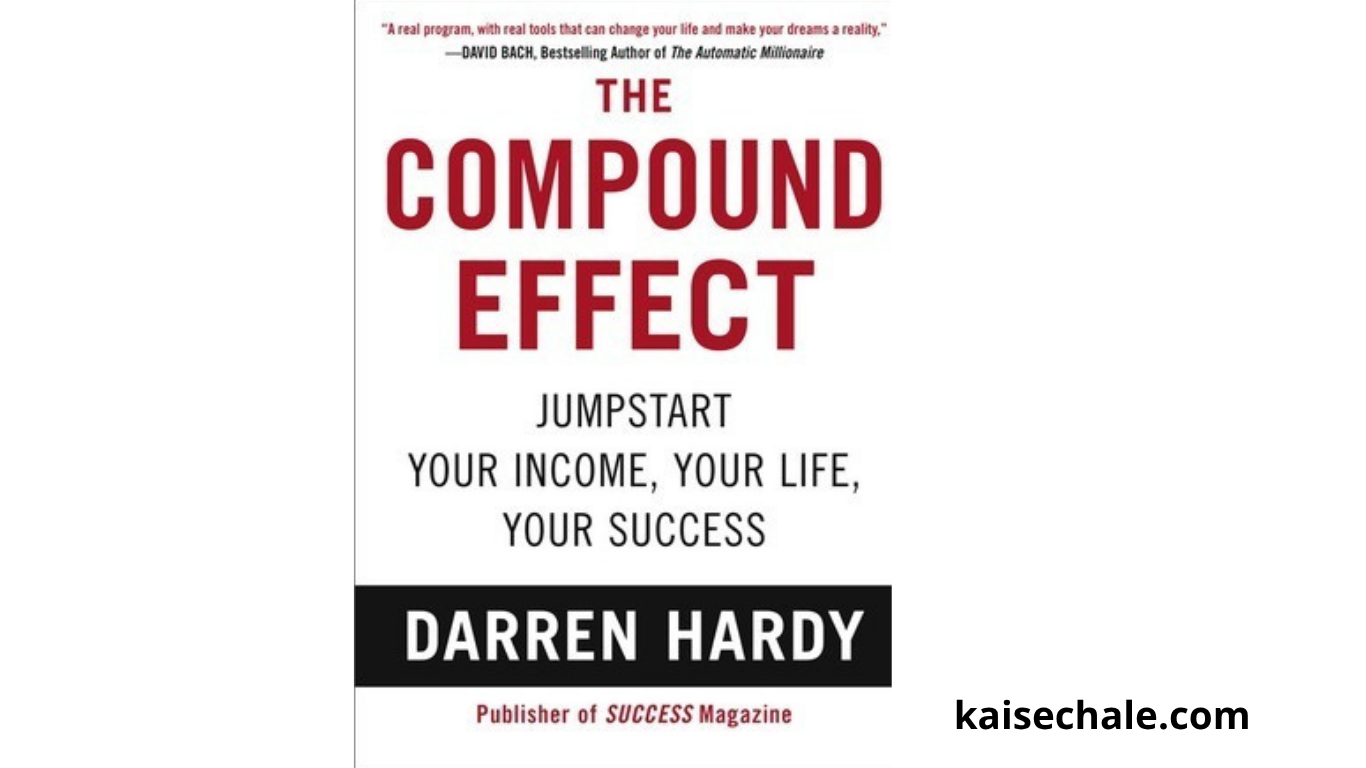
#Finance #TaxSaving #NPS #SIP #PersonalFinance #Retirement #MutualFunds #Investment #India #TaxPlanning
हिंदी आर्टिकल: SIP के अलावा NPS जरूरी है या नहीं? 10 साल के रियल उदाहरण के साथ तुलना
1. SIP और NPS की आधारभूत समझ
SIP (Systematic Investment Plan)SIP म्यूचुअल फंड में निवेश का तरीका है जिसमें हर महीने एक तय राशि निवेश होती है। इसका फायदा यह है कि यह सुविधाजनक है, बाजार टाइमिंग की चिंता नहीं रहती, और लंबी अवधि में कंपाउंडिंग से अच्छा रिटर्न मिलता है। SIP में Equity Linked Savings Schemes (ELSS) में निवेश करने पर टैक्स छूट मिलती है।NPS (National Pension System)NPS एक सरकारी रिटायरमेंट स्कीम है जिसमें निवेश करने से आपको टैक्स बचत, कम रिस्क और रिटायरमेंट के लिए पेंशन की गारंटी मिलती है। इसमें इक्विटी, सरकारी बॉन्ड वगैरह सबका मिश्रण होता है। NPS में निवेश पर ₹2 लाख तक टैक्स छूट मिलती है और यह कम लागत वाला निवेश है।
2. टैक्स छूट – कौन बेहतर?
-
SIP की टैक्स छूट (ELSS):
-
सालाना 1.5 लाख रु तक का निवेश सेक्शन 80C के तहत टैक्स फ्री।
-
तीन साल लॉक-इन के बाद पैसे कभी भी निकाल सकते हैं।
-
-
NPS की टैक्स छूट:
-
1.5 लाख रु (80C + 80CCD(1)) व 50,000 रु (80CCD(1B)) कुल मिलाकर ₹2 लाख तक टैक्स छूट।
-
60 साल पर 60% पैसा टैक्स फ्री मिल सकता है, शेष 40% से पेंशन खरीदनी होगी.
-
3. रिटर्न – कौन ज्यादा देगा?
-
SIP (Equity MF):
-
10 साल में सालाना औसतन 12% अनुमानित रिटर्न (historical trend)6.
-
-
NPS:
-
10 साल में 9–12% के आसपास सालाना रिटर्न, Equity Allocation ज्यादा हो तो.
-
4. लिक्विडिटी – पैसे निकालने की सुविधा
-
SIP:
-
ELSS में 3 साल के बाद पूरी राशि निकाल सकते हैं।
-
अन्य SIP में कोई लॉक-इन नहीं।
-
-
NPS:
-
60 साल पहले आंशिक निकासी (25% तक) ही संभव।
-
मेच्योरिटी पर अधिकतम 60% टैक्स फ्री, 40% से पेंशन जरूरी.
-
5. दोनों केस का उदाहरण
केस A:
व्यक्ति हर महीने ₹15,000 सिर्फ SIP में 10 साल तक निवेश करता है।
-
कुल निवेश = 15,000 × 12 × 10 = ₹18,00,000
-
12% अनुमानित रिटर्न से 10 वर्षों में मेच्योरिटी पर अनुमानित राशि = ₹34,89,738 के आसपास
केस B:
व्यक्ति हर महीने ₹10,000 SIP + ₹5,000 NPS में 10 साल तक निवेश करता है।
-
कुल SIP निवेश = ₹12,00,000 (10,000 × 12 × 10)
-
कुल NPS निवेश = ₹6,00,000 (5,000 × 12 × 10)
आइए दोनो में अनुमानित मेच्योरिटी अमाउन्ट निकालें (12% रिटर्न अनुमान पर SIP और 10% पर NPS):
-
केस B SIP (10,000 पर 12%): ₹23,26,492 लगभग
-
केस B NPS (5,000 पर 10%): ₹10,32,760 लगभग
टोटल = ₹23,26,492 (SIP) + ₹10,32,760 (NPS) = ₹33,59,252 करीब
टैक्स की गणना
-
केस A (केवल SIP): ELSS के जरिए 1.5 लाख/साल की टैक्स छूट।
-
केस B (SIP+NPS): SIP में ELSS ₹1 लाख तक टैक्स छूट; NPS में ₹1 लाख (80C) + ₹50,000 (80CCD(1B))। कुल टैक्स छूट सालाना ₹2 लाख तक बच सकता है।
किसको फायदा ज्यादा?
अगर आपकी टैक्स स्लैब ज्यादा है (टैक्स बचत प्रायोरिटी):NPS + SIP वाला केस ज्यादा फायदा देगा क्योंकि दोनों का टैक्स छूट लिमिट अलग है।अगर लिक्विडिटी चाहिए (पैसे कभी भी चाहिए):पूरी SIP बेहतर है।रिटायरमेंट प्लानिंग और टैक्स दोनों चाहिए:SIP + NPS मिलाकर चले।
स्पष्ट निष्कर्ष:
यदि आप केवल SIP (ELSS) करते हैं, तो सालाना टैक्स छूट लिमिट 1.5 लाख तक सीमित है। लेकिन SIP और NPS का कॉम्बिनेशन अपनाने पर सालाना 2 लाख रु तक टैक्स छूट मिलती है। साथ ही NPS का मैच्यूरिटी में 60% हिस्सा टैक्स फ्री होने से अतिरिक्त फायदा मिलता है। हालाँकि, NPS में पैसों की निकासी अधिक नियंत्रित है, जो केवल रिटायरमेंट फोकस यूजर के लिए अच्छा है।
निष्कर्ष: SIP + NPS का कॉम्बिनेशन – ज्यादा टैक्स छूट, कंपाउंडिंग, और फ्यूचर सिक्योरिटी – उन लोगों के लिए बेस्ट है, जिन्हें टैक्स बचत और रिटायरमेंट प्लानिंग दोनों चाहिए।
ENGLISH ARTICLE: Is Only SIP Enough For Tax Saving Or Is NPS Essential? Example-Based Comparison
1. What Is SIP? What Is NPS?
SIP (Systematic Investment Plan):This is a mutual fund investment way where you invest a fixed small sum regularly (monthly/quarterly). It is flexible, has no lock-in (except ELSS), and is ideal for wealth creation via compounding. SIP in ELSS funds gives you tax deduction under Section 80C up to ₹1.5 lakh/year.NPS (National Pension System):NPS is a government-backed retirement-focused investment. It offers disciplined, low-cost investing, and unique tax benefits—up to ₹2 lakh/year deduction (₹1.5 lakh u/s 80C + ₹50,000 u/s 80CCD(1B)). Meant for retirement corpus, has strict withdrawal rules, and is considered safe.
2. Tax Benefits – Who Wins?
-
SIP (ELSS):
-
Deduction up to ₹1.5 lakh/year under Section 80C.
-
Can withdraw whole corpus after 3 years.
-
-
NPS:
-
Deduction up to ₹2 lakh/year (₹1.5 lakh under Section 80C and ₹50,000 extra u/s 80CCD(1B)).
-
At maturity, 60% corpus can be withdrawn tax-free; 40% must be annuitized for pension.
-
3. Returns – Who Gives Higher?
-
SIP (Equity Mutual Funds):
-
Typically gives 12% annualized returns over 10 years (subject to market, not guaranteed).
-
-
NPS:
-
Provides around 9–12% annualized returns over 10 years depending on asset allocation.
-
4. Liquidity – How Easy Is Withdrawal?
-
SIP:
-
Except for ELSS (3-year lock-in), SIPs are mostly liquid.
-
-
NPS:
-
Partial withdrawal (up to 25%) permitted before age 60; majority is locked till retirement.
-
On maturity, 60% tax-free, rest for pension.
-
5. Example Comparison
Case A:
₹15,000 SIP per month for 10 years.
-
Total Invested: ₹18,00,000
-
Estimated corpus at 12% annual return: Approximately ₹34,89,738
Case B:
₹10,000 SIP + ₹5,000 NPS per month for 10 years.
-
SIP Invested: ₹12,00,000 → ~₹23,26,492 (at 12%)
-
NPS Invested: ₹6,00,000 → ~₹10,32,760 (at 10%)
Total Corpus: ₹23,26,492 (SIP) + ₹10,32,760 (NPS) ≈ ₹33,59,252
Tax Calculation
-
Case A (Only SIP/ELSS): Saves tax up to ₹1.5 lakh/year.
-
Case B (SIP ELSS + NPS): Can save up to ₹2 lakh/year (₹1 lakh ELSS + ₹1 lakh NPS combined).
Who Benefits More?
-
If You Want Maximum Tax Saving: SIP + NPS is better (total deduction possible is higher).
-
If You Want Maximum Liquidity: SIP is better.
-
If Your Focus Is Retirement + Tax Saving: SIP + NPS combo is best.
Final Word:
Solely investing via SIP (ELSS) means yearly tax benefit is capped at ₹1.5 lakh. If you combine NPS and SIP (ELSS), you can avail up to ₹2 lakh deduction every year. On maturity, a chunk of NPS corpus is tax-free, making it very attractive for long-term planners, especially those keen to save more income tax. SIPs remain best for liquidity and flexibility.
Summary: If you want both higher tax saving and retirement planning security, the SIP + NPS approach outperforms plain SIP, provided you are okay with NPS’s limited withdrawal flexibility.
Note:
-
Actual returns vary with market. Examples use current average return estimates (12% for SIP, 10% for NPS).
-
This is for educational purposes, please consult your tax advisor before investing.







